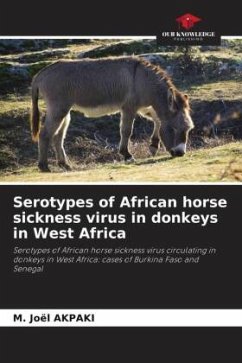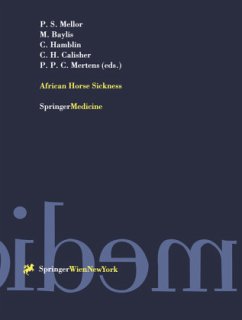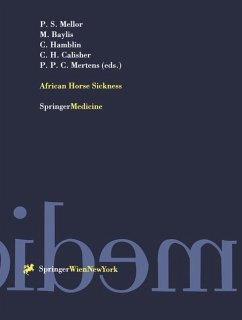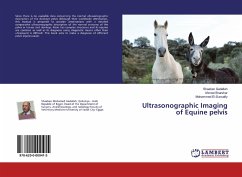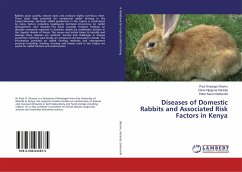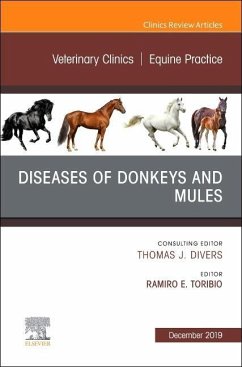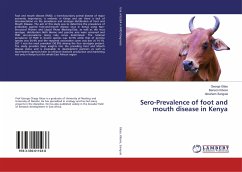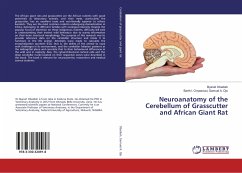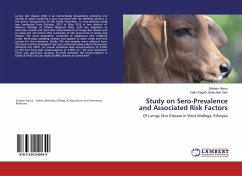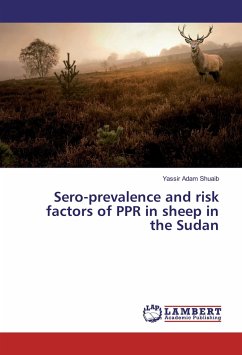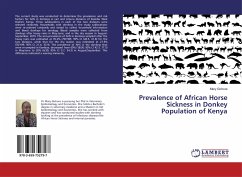
Prevalence of African Horse Sickness in Donkey Population of Kenya
Versandkostenfrei!
Versandfertig in 6-10 Tagen
24,99 €
inkl. MwSt.

PAYBACK Punkte
12 °P sammeln!
The current study was conducted to determine the prevalence and risk factors for AHS in donkeys in Lari and Limuru divisions of Kiambu West District, Kenya. Three sublocations in each of the two divisions were selected randomly. Households with donkeys in the study sublocations were re-ordered randomly and visited to collect household information and bleed donkeys for serology. Blood samples were collected from donkeys after heavy rains in May-June; and in the dry season in August- September, 2010. The sero-prevalence of AHS in donkeys sampled after the heavy rains was estimated at 35.2% (70/1...
The current study was conducted to determine the prevalence and risk factors for AHS in donkeys in Lari and Limuru divisions of Kiambu West District, Kenya. Three sublocations in each of the two divisions were selected randomly. Households with donkeys in the study sublocations were re-ordered randomly and visited to collect household information and bleed donkeys for serology. Blood samples were collected from donkeys after heavy rains in May-June; and in the dry season in August- September, 2010. The sero-prevalence of AHS in donkeys sampled after the heavy rains was estimated at 35.2% (70/199); 95% CI (28.5, 41.8) for the two divisions, while that for the dry season was estimated at 27.6% (55/199; 95% CI 21.4, 33.9). The prevalence of AHS in the donkeys that were re-sampled in Kambaa, decreased from 60% (18/30; 95% CI 42.5, 77.5) in May/June to 20% (6/30; 95% CI 5.7, 34.3) in August/September. This difference indicated a waning immunity.



